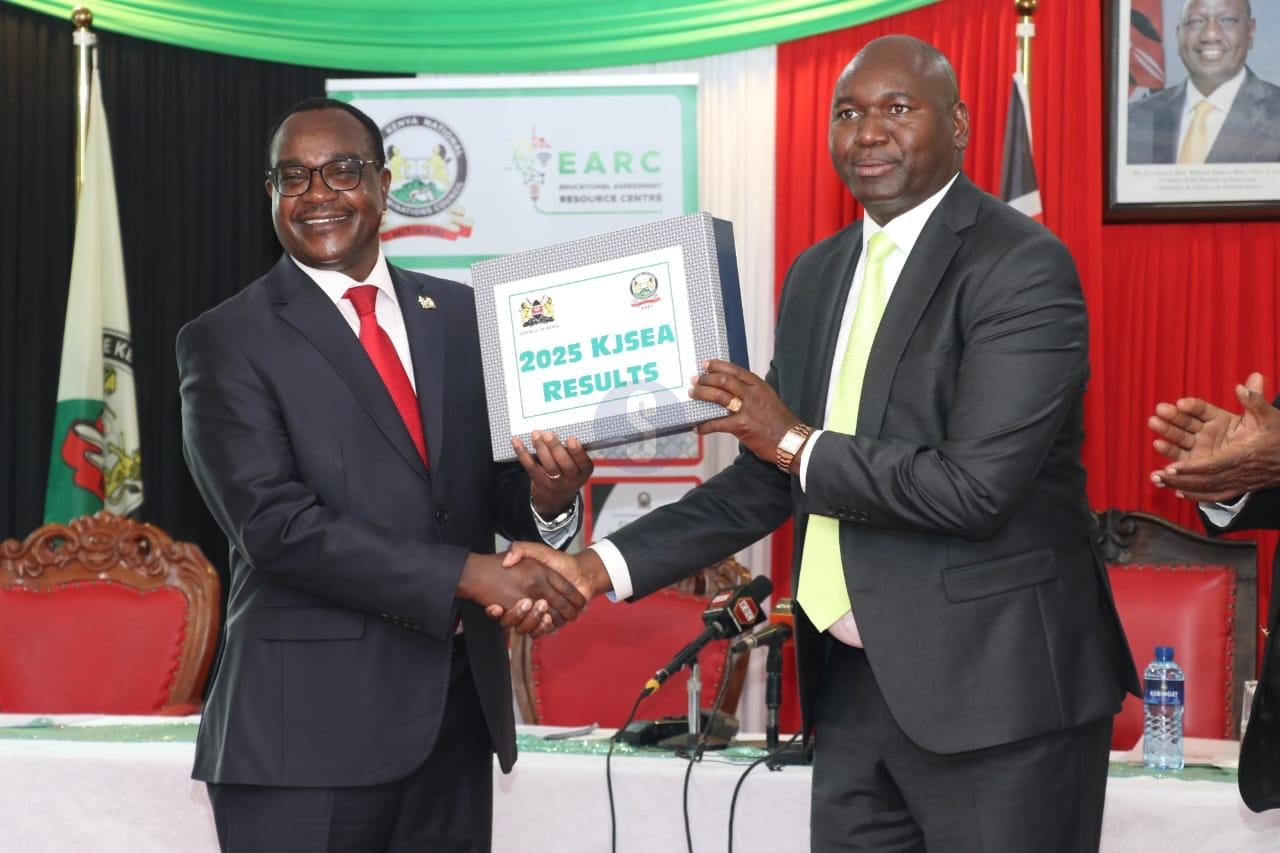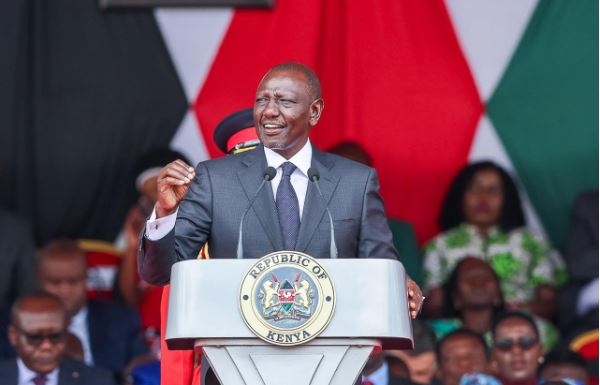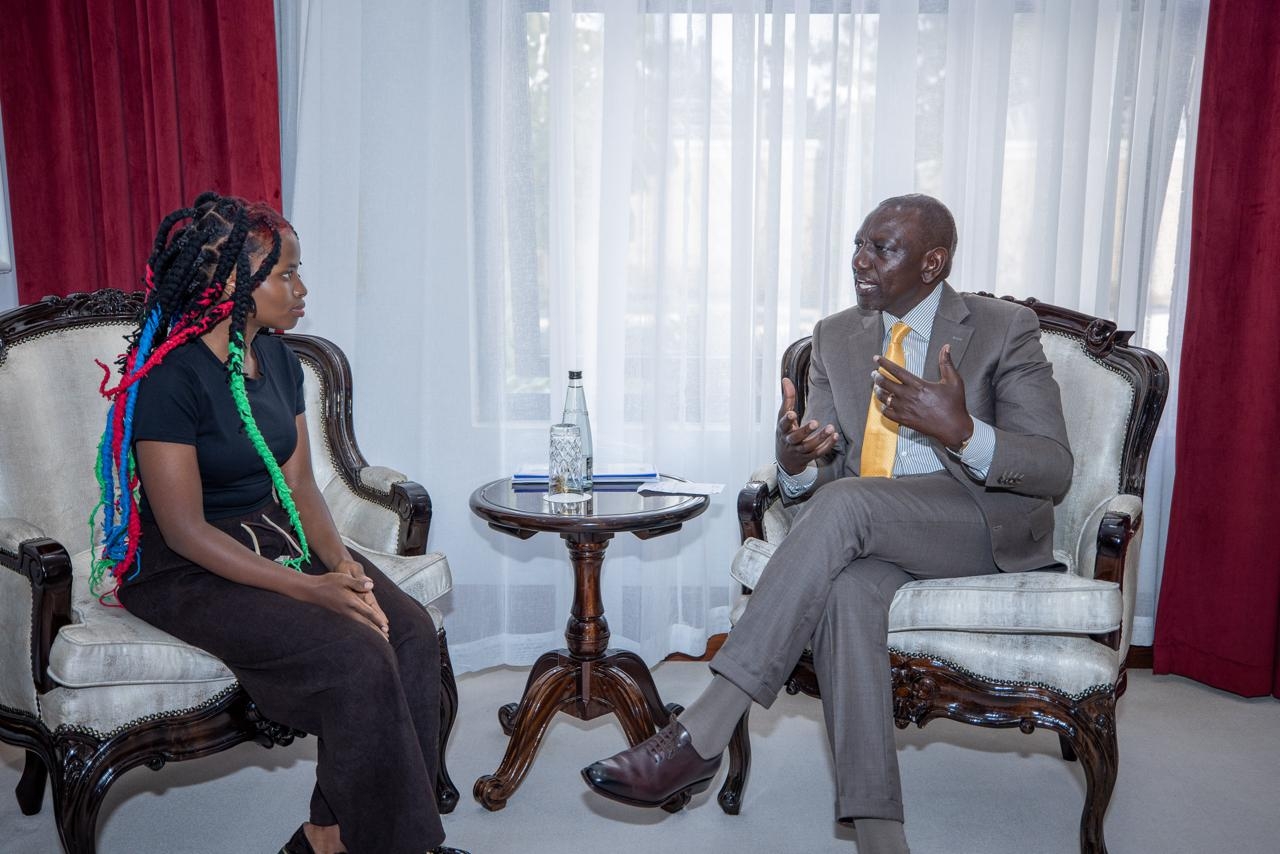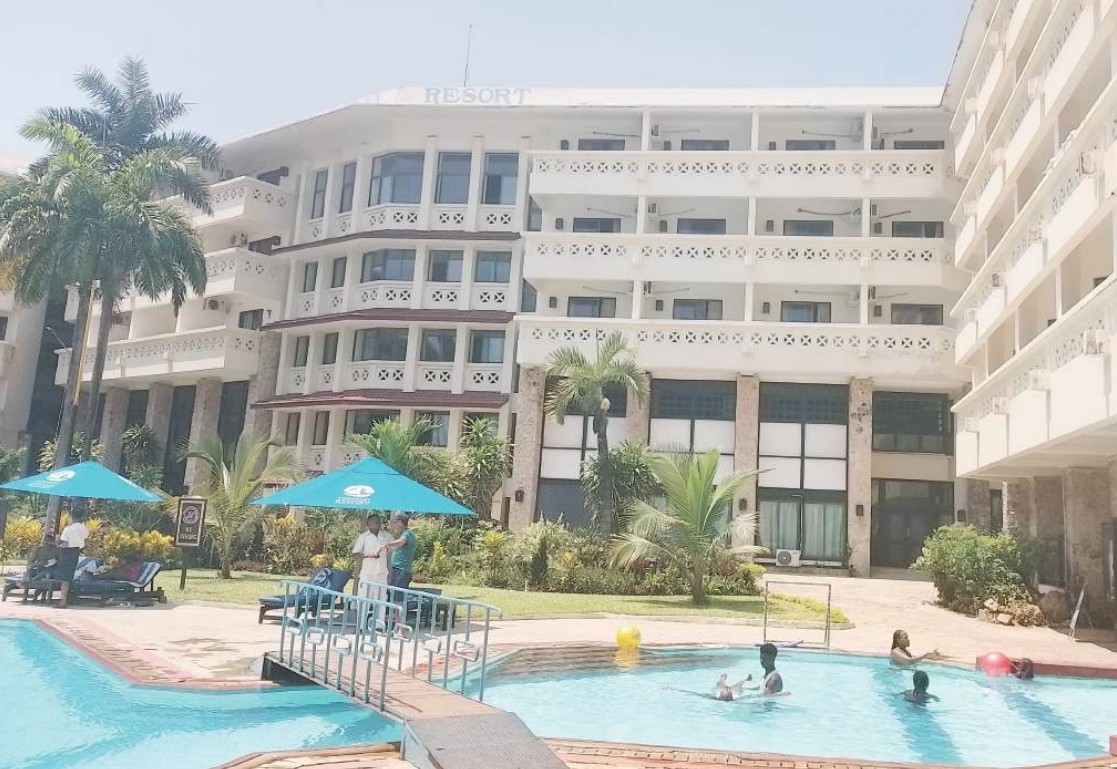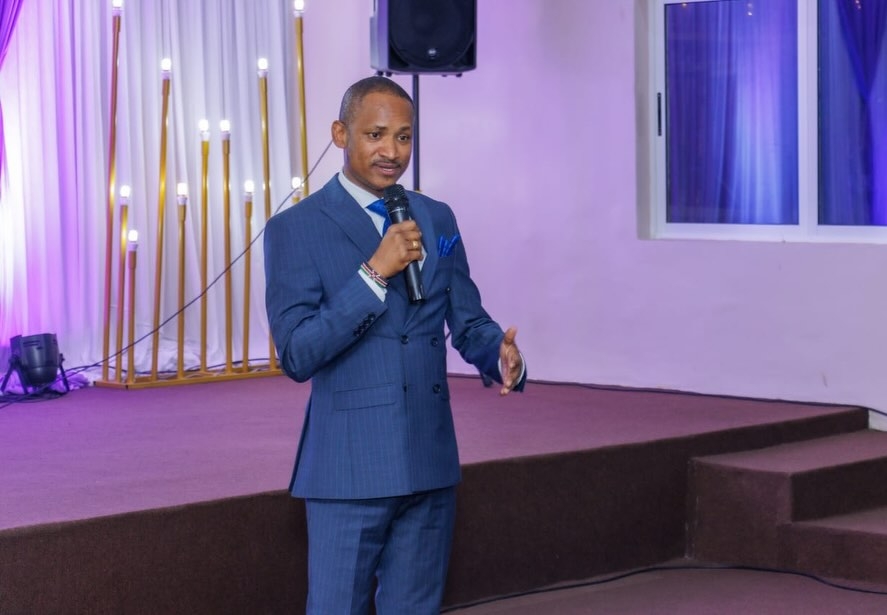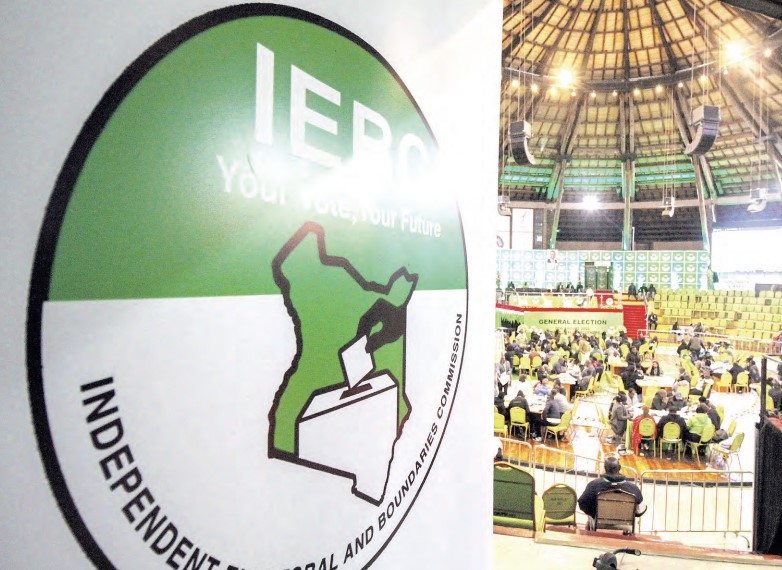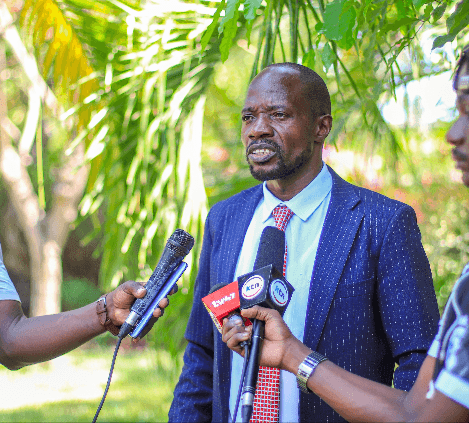

Lake Gas Limited has successfully commissioned the maiden cargo discharge at its Sh10 billion Vipingo liquefied petroleum gas terminal in Kilifi County.
This marks the start of a journey that could potentially lower the price of cooking gas, with the terminal adding an extra 10,000 tonnes of storage capacity.
The facility received 11,475 tonnes of LPG from Nigeria aboard MT Barumk Gas.
The vessel arrived at the terminal on Monday and finished discharging the LPG on Wednesday via the offshore Conventional Buoy Mooring system, which is one kilometre off the Vipingo coast.
“This commissioning process tested and validated the entire LPG supply chain, including vessel mooring, subsea pipeline transfer and onshore storage systems,” said Lake Gas Limited Group CEO Ally Awadh.
“This successful discharge marks a critical milestone in Kenya’s energy infrastructure development, enhancing LPG handling capacity, strengthening energy security and accelerating the shift to cleaner energy across the region.”
The CEO said with the completion of the commissioning, the terminal will proceed to system performance testing before transitioning into full commercial operations.
Lake Gas Limited general manager Morris Mutiso said Kenya now has more capacity to handle LPG and will soon add an additional 15,000-tonne capacity tanks at the Vipingo terminal.
“We’ve had limited capacity before, but with this 10,000-tonne capacity facility, the country is now better placed," he said.
“The current regime has been pushing towards clean energy and we believe this infrastructure has come at the right time to help the country achieve cleaner energy.”
He said the facility will be fully operational once the system testing is done, which could be as soon as today.
More vessels are expected to bring in more LPG in the next three or four weeks.
“With this additional LPG, we expect to be in the market on as soon as tomorrow. We expect competition to be in top gear and this will eventually drive the price of cooking gas down,” Mutiso said.
The facility has so far cost Lake Gas USD 80 million (about Sh10.4 billion) and is already in the second phase of establishing more storage space that will accommodate an additional 15,000 tonnes of LPG.
“In the end, this facility will have 25,000 tonnes storage capacity of LPG, which will go a long way in ensuring security of supply of LPG,” Energy CS Opiyo Wandayi said while on a site visit of the facility on May 3.
The CS said the facility is in line with the government’s LPG Growth Strategy, which was approved by Cabinet two years ago.
The government intends to expand the capacity of the infrastructure to bring in more LPG.
“We still have vast potential for the uptake of LPG in this country. That is also in line with our commitment under the Paris Agreement in as far as climate change is concerned,” Wandayi said.
This comes two days after Petroleum PS Mohamed LIban hinted at possible gas price controls by the fourth quarter of this year.
The move could save households from unscrupulous dealers who have traditionally manipulated prices.
The implementation of the LPG Growth Strategy includes provision of affordable clean cooking gas to low-income households.
This will be through the distribution of 6 kg gas cylinders and seed gas to public institutions, which has been developed.
According to PS Liban, the Energy and Petroleum Ministry has engaged terminal users and industry partners ahead of the move to set monthly prices similar to that of petroleum products which are reviewed every 14th of every month.
LPG terminal users are diverse, including industrial and domestic consumers, as well as various businesses involved in the LPG chain.
The Energy and Petroleum Regulatory Authority (EPRA) is putting in place structures for bulk importation by market players, including Oil Marketing Companies (OMC) where bidders with the lowest costs will be considered to ensure households enjoy cheaper products.


